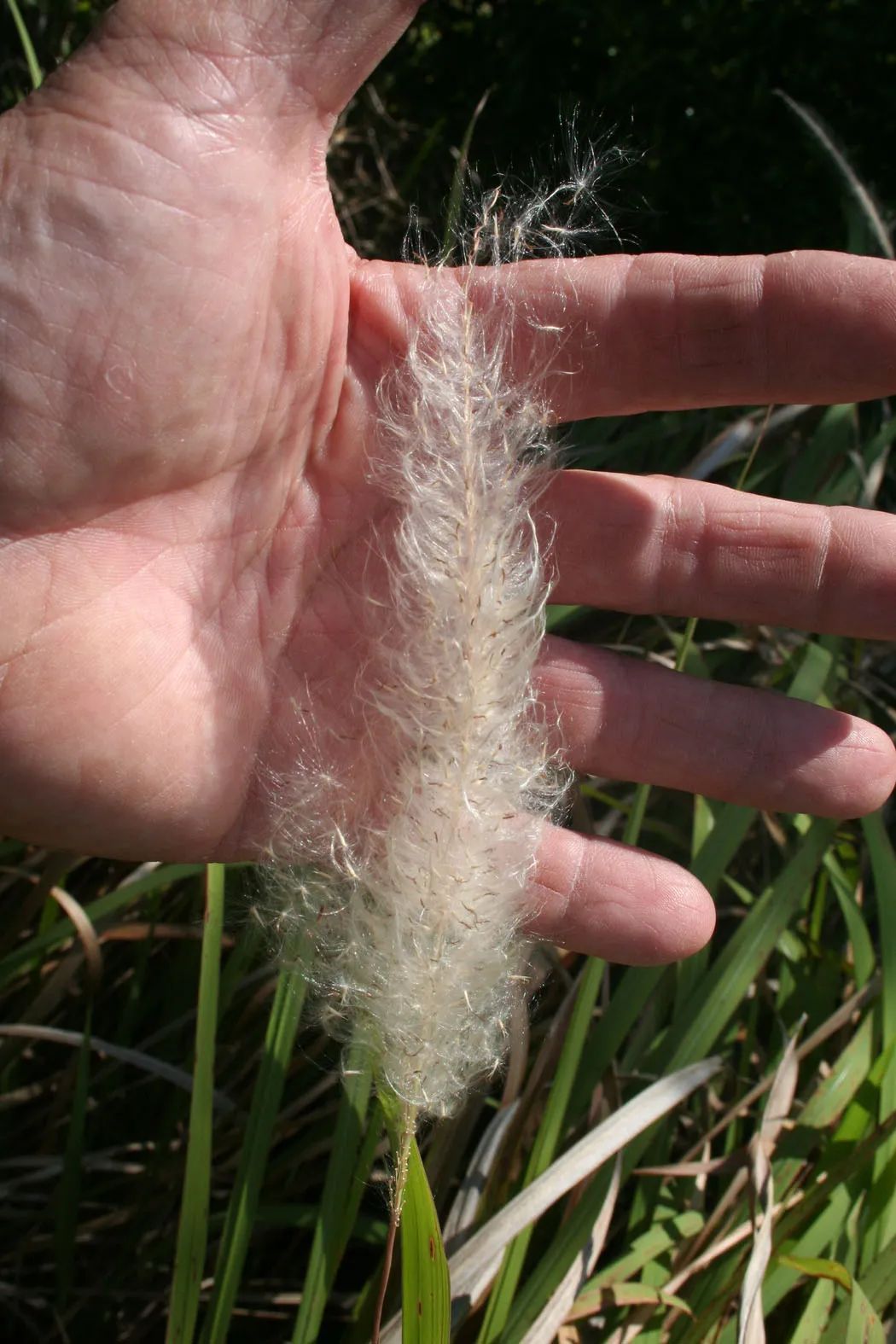‘World’s Worst Invasive Weed’ Sold at Many U.S. Garden Centers
Banned by federal and state regulators, many invasive plants are still being sold at garden centers, nurseries and online retailers nationwide
/https://tf-cmsv2-smithsonianmag-media.s3.amazonaws.com/filer/7f/af/7faf3de4-f6bf-4423-a4e3-5b3e29eb117b/cogongrass-imperata-cylindrica-in-bloom-in-early.jpeg)
A homeowner heads to the garden center to buy ornamental grass for the yard. They plant it, thinking it is a good way to green things up—only to find the new variety soon takes over the garden bed and spreads to other yards.
It’s a common problem with cogongrass—labeled one of “the world’s worst invasive weeds” by the United States Department of Agriculture (USDA) and banned by federal legislation. It’s also a growing issue, reports a new study by the University of Massachusetts Amherst.
Researchers discovered that cogongrass and nearly 1,300 other invasive plants are currently being sold in nurseries, garden centers and online retailers around the country. A number of these species are banned by the Federal Noxious Weed Act, as well as by state regulations.
Cogongrass is by far “the most concerning case of federally designated noxious weed sales,” lead author Evelyn M. Beaury, a graduate student in organismic and evolutionary biology at UMass, says in a statement. She and her colleagues found that Imperata cylindrica was being sold by 33 vendors in 17 states.

“This is a tricky case because plant breeders are marketing a sterile cultivar,” she adds. “But research shows these plants are not completely sterile and can still become invasive.”
Native to Southeast Asia, cogongrass is now established in several states. Eradication is difficult and costly. According to the USDA, there are “no known effective biological control methods,” reports Cheryl Santa Maria for the Weather Network.
Published in the peer-reviewed journal Frontiers in Ecology and the Environment, the study searched Google and a database of nursery catalogs to identify invasive plants still being sold in the United States. The information was gathered from 1,330 nurseries, garden centers and online retailers, including Amazon and eBay.
The researchers discovered that 61 percent of 1,285 invasive plant species remain available through the plant trade, including 50 percent of state-regulated species and 20 percent of federal noxious weeds, reports Chrissy Sexton of Earth.com.
One particularly problematic plant is European frogbit, which is banned in Wisconsin and other states. The lily pad-like species was once used as an ornamental planting but was outlawed because of its ability to take over ponds and choke out other vegetation.
“Once introduced, natural dispersal is also possible given its ability to overwinter and spread rapidly,” Amanda Smith, an invasive species specialist with the Wisconsin Department of Natural Resources, tells Kent Tempus of the Green Bay Press Gazette.
Other invasive species being sold include Japanese barberry, Chinese privet, whitetop, Norway maple, Brazilian peppertree, Russian olive, garlic mustard, yellow star thistle, Canada thistle, kudzu and Johnsongrass, among others, the study states.
Researchers report the proliferation of these plants continues due to an inconsistent approach to enforcement by federal and state regulators. However, the study concludes that consumers need to be more aware of what they are buying.
“While patchy state regulations definitely contribute to the widespread availability of invasive plants in the U.S., it’s clear we as a public also lack awareness about which plants are invasive and how they spread to new areas,” Beaury says.
One good thing: the study is generating interest by enforcement agencies who want to crack down on illegal sales.
“We’ve already heard from state regulators that have used our results to follow up with growers selling invasive species,” Beaury says in the report. “This is great news, and if we want to continue to protect native ecosystems, regulators and managers need more resources to do so.”
/https://tf-cmsv2-smithsonianmag-media.s3.amazonaws.com/accounts/headshot/dave.png)
/https://tf-cmsv2-smithsonianmag-media.s3.amazonaws.com/accounts/headshot/dave.png)